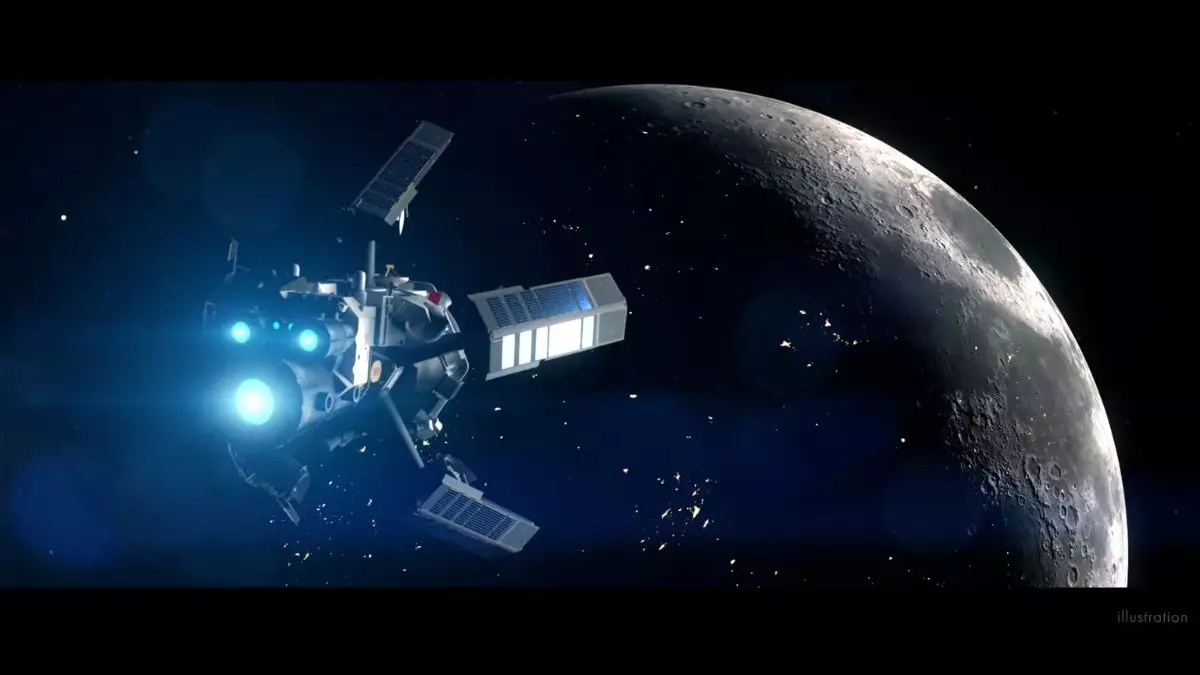The audacious announcement by UK-based Pulsar Fusion regarding nuclear fusion-powered rockets has sparked a mix of excitement and skepticism in the space exploration community. For a decade, this company has shrouded its development efforts in secrecy, finally revealing their ambitious plans at the Space-Comm Expo in London. In an era where time is often equated with money, the premise of nuclear fusion rockets significantly promises to cut travel time across the solar system by unparalleled margins. Imagine getting to Mars in half the time—these rockets, dubbed “Sunbirds,” are not just pie-in-the-sky dreams, but a potential revolution in space propulsion.
Bridging Ambition and Reality
The technology behind these rockets centers on a Duel Direct Fusion Drive (DDFD) engine that fuses deuterium and helium-3. On the surface, the concept is strikingly powerful: direct thrust driven by nuclear fusion could transform how we understand and navigate the cosmos. Nevertheless, while the vision is enticing, it’s essential to approach this announcement with an analytical lens. Experts remain wary, such as MIT’s Paulo Lozano, who emphasizes the still-daunting complexities of fusion technology, especially in compact form factors like those needed for rocket engines.
A Double-Edged Sword: Costs and Challenges
One of the most significant hurdles isn’t merely the technology itself but the logistics surrounding it. Helium-3 is extraordinarily rare and costly, making it a double-edged sword in Pulsar Fusion’s grand aspirations. While some experts propose lunar mining as a potential long-term solution for obtaining this precious resource, no definitive plans currently exist. This essential stumbling block puts a spotlight on the paradox of groundbreaking innovation: it often hinges on both technological hurdles and inaccessible resources.
Trial and Error: Testing Phase Ahead
Pulsar Fusion’s intentions for a propulsion system test later this year, albeit with inert gases instead of the sought-after helium-3, indicate an understanding of the meticulous nature of technological progress. As they prepare for experimental trials—which may shape the landscape of deep-space missions—the sheer unpredictability inherent in pioneering new technology looms large. Initial setbacks are probable, and the company’s claim of conducting an orbital demonstration by 2027 might still be optimistic.
Potential for a New Space Economy
The proliferation of reusable Sunbird rockets may herald a transformative new era for space travel. Should this technology take flight, it could not only reduce costs for long-distance voyages but also redefine our economic relationship with space. This vision aligns with a more sustainable plan for space exploration, rather than relegating it to the domain of wealthy nations alone. It’s this inclusive potential that could democratize access to space and stimulate international collaboration.
Ultimately, while the prospect of nuclear fusion rockets appears enticing, an adverse reality lurks underneath: the limitations of current technology, funding barriers, and the irrefutable challenge of resource acquisition. As we advance into this era of exploration, a firm balance of optimism and pragmatic assessment will be crucial for moving from theoretic possibility to concrete reality.


Leave a Reply